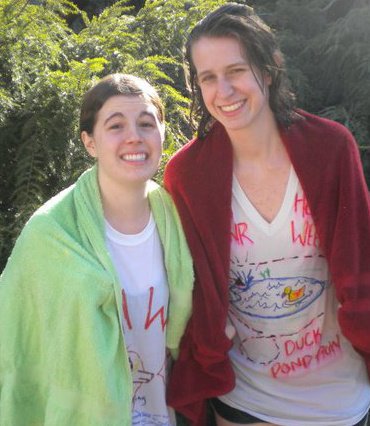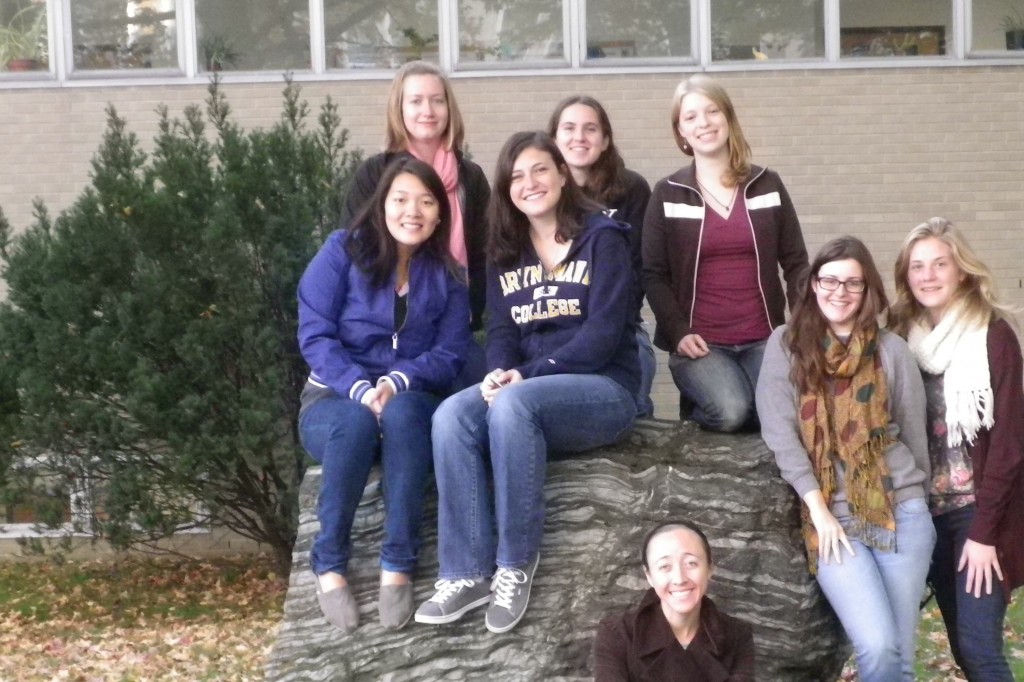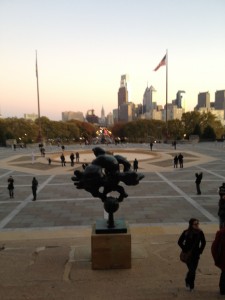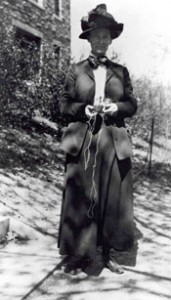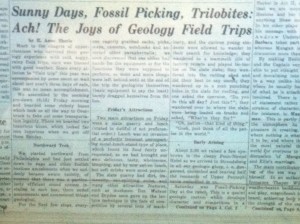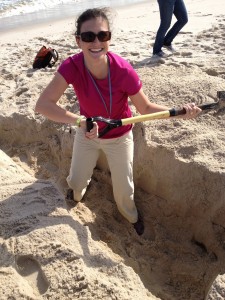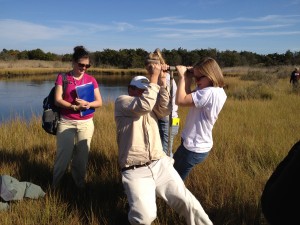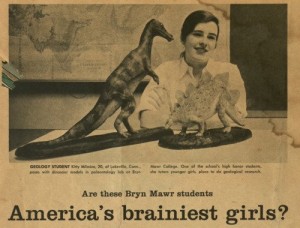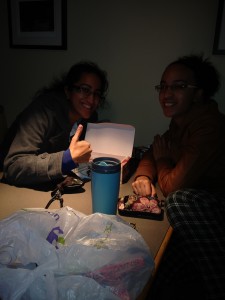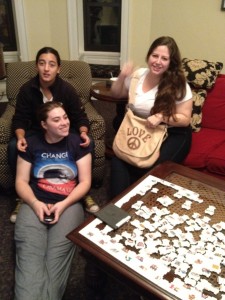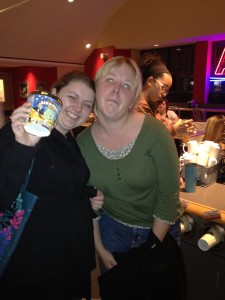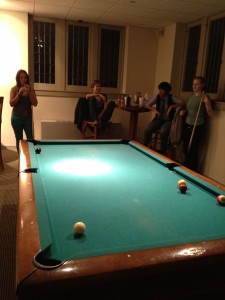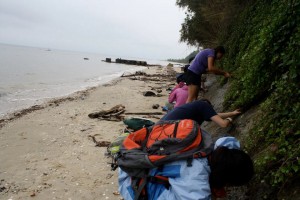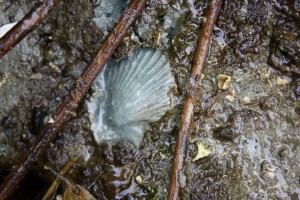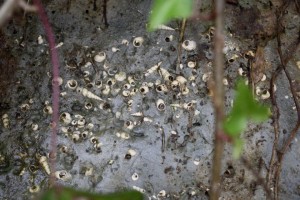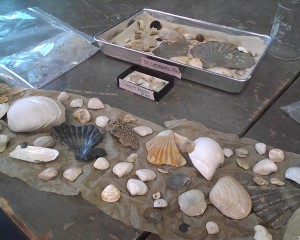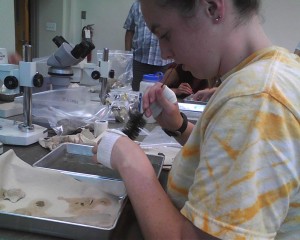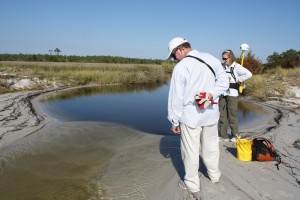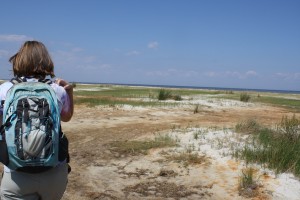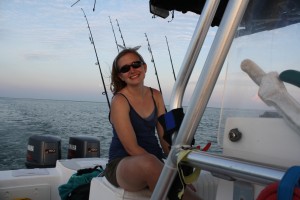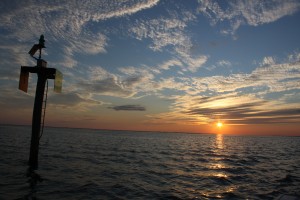In the midst of my final Hell Week at Bryn Mawr, I thought I’d take a moment to reflect on when I was helled my freshman year, and specifically, the infamous Duck Pond Run.
With a name like “Hell Week”, it’s hard to explain to outsiders that, like our other traditions, it’s really all about welcoming the freshman class as part of our Bryn Mawr community. We have a saying here: “Your mind makes you a scholar. Your body makes you a woman. But the Duck Pond Run makes you a Mawrtyr.” Essentially, each freshman who chooses to do so picks a sophomore to be their “heller”. They are then given a schedule of silly tasks to complete throughout the week. Everything in Hell Week is optional.
Probably the most intimidating task of the week is the Duck Pond Run, in which the entire freshman class runs down Lancaster Avenue to the Haverford College Duck Pond. If it’s warm enough, it’s not uncommon for freshmen to be pushed into the pond at the end. It happens the Saturday morning of Hell Week, bright and early.
Friday night my freshman year, back in 2009, I was tucked into bed early by the upperclasswomen who lived in my dorm, Denbigh. They reminded me to rest up as I had a big day ahead of me, but of course, it was a little hard to sleep with all of the anticipation of the next morning’s run. My two roommates and I stayed up past our bedtimes going over our strategies one more time and making sure we had our sneakers and water bottles ready to go.
As a first-year on the rugby team, I had the pleasure of getting a personal wake up call to my room from my older teammates the next morning…at 5am. You see, the rugby team has a tradition. The rugby freshmen must win the Duck Pond Run. At the very least, we must beat the crew team! We take the Duck Pond Run very seriously. While other freshman sometimes are able to bribe their friends with cars for a ride, ruggers and rowers engage in a friendly rivalry—we must run the whole way, and the victorious team earns bragging rights for the rest of their time at Bryn Mawr. My freshman teammates and I had spent quite some time on Google maps figuring out the quickest route and picking out the perfect outfit to wear for the run. We had even taken a practice run earlier in the week, so we would know exactly what to expect.
After some stretching, my teammates and I were ready for the run to begin. Our planning and preparation paid off, and we were able to take a shortcut that got us to the Duck Pond just ahead of the crew team frosh. We were greeted by scores of Bryn Mawr upperclassmen and of course the rugby team waiting to congratulate us. Unfortunately, it was a bright and sunny day that year, so our teammates celebrated our victory against the crew team by pushing us into the pond. It was all in good fun, though, and they served us mugs of hot chocolate and piled dry towels on us once we had managed to climb out of the muddy water. Then the rugby team all headed over to the IHOP in Ardmore, where the upperclassmen treated us to a well-deserved breakfast of pancakes and bacon!
This year it was my turn to give the rugby freshmen their wake up call, be there waiting for them at the end, and then take them out to breakfast. I’m proud to say that our freshmen managed to make it to the Pond first again this year.
To all the freshman who still have a few more days of Hell Week 2012 left, make the most out of it– it’ll be over before you know it!

